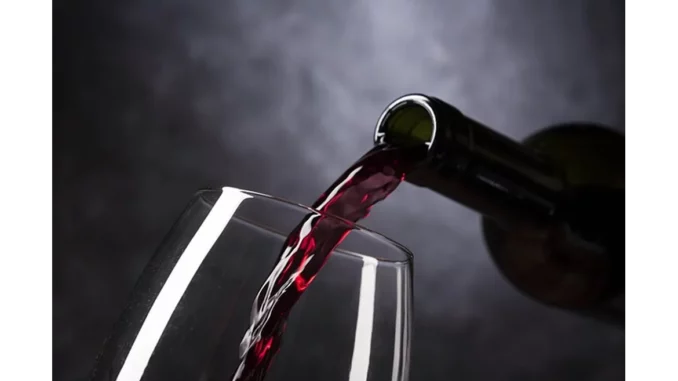
When I sat down with Richard Thompson, a seasoned wine investor and the founder of a boutique wine consultancy, his passion for wine was immediately evident. We met in a quaint café overlooking a sprawling vineyard, the perfect setting for a conversation about the finer points of wine investment. As we sipped on a glass of Bordeaux, Richard shared his invaluable insights on one crucial aspect of wine investment that often goes overlooked: storage.
“Many people jump into wine investment because they hear about the impressive returns from Bordeaux and Burgundy. But what they often overlook is the importance of proper storage,” Richard began. “Without it, even the most prestigious wines can lose their value.”
Richard explained that wine, particularly investment-grade wine, is akin to a living organism. It evolves over time, and its condition can be profoundly influenced by storage conditions. “Wines from Bordeaux and Burgundy are renowned for their aging potential. But to reach their full potential, they must be stored in an environment that mimics the conditions of a traditional wine cellar.”
The Essentials of Wine Storage
“Temperature control is the cornerstone of proper wine storage,” Richard emphasised. “The ideal temperature for storing wine is between 12°C and 14°C. Any fluctuation beyond this range can accelerate the aging process or, worse, spoil the wine entirely.” He pointed out that sudden temperature changes are particularly harmful, as they can cause the wine to expand and contract, potentially compromising the cork and allowing air to seep in.
“Humidity is another critical factor,” Richard continued. “A relative humidity level of around 70% is ideal. If the environment is too dry, the cork can shrink, allowing air to enter the bottle. Conversely, if it’s too humid, it can encourage the growth of mould, which can damage labels and affect the wine’s marketability.”
Light and Vibration
As we delved deeper into the nuances of wine storage, Richard highlighted the detrimental effects of light and vibration. “Wines should be stored away from direct sunlight. Ultraviolet rays can degrade and prematurely age wine,” he said. “That’s why wine cellars are traditionally dark places. Even artificial light should be kept to a minimum.”
He also mentioned the importance of minimizing vibrations. “Wine is a delicate substance. Constant movement or vibrations can disturb the sediment in the bottle, which is particularly problematic for older wines. This sediment is integral to the wine’s aging process and its overall balance.”
Storing Wine ‘In Bond’
One term that came up repeatedly during our conversation was ‘in bond’ storage. “Storing wine ‘in bond’ means it’s kept in a bonded warehouse under customs control,” Richard explained. “This has several advantages. Firstly, it ensures the wine is stored in optimal conditions, as these facilities are designed specifically for wine storage. Secondly, it allows investors to defer paying duty and VAT until the wine is released for final sale, which can be advantageous from a cash flow perspective.”
The Risks of Poor Storage
To illustrate the risks associated with improper storage, Richard recounted a cautionary tale. “I once had a client who purchased a case of Bordeaux from a private seller. The wine had been stored in a domestic refrigerator, which was far from ideal. By the time it reached my client, the wine had lost much of its value due to suboptimal storage conditions. It was a costly lesson.”
Richard’s story underscored the importance of due diligence when purchasing investment wines. “Always ask about the storage history of the wine. If possible, buy from reputable merchants who can guarantee proper storage conditions.”
Practical Tips for New Investors
For those new to wine investment, Richard offered some practical tips. “Start by investing in a good wine fridge if you’re storing wine at home. These fridges are designed to maintain the ideal conditions for wine storage. However, for serious investors, professional storage facilities are the best option.”
He also recommended investing in a range of wines from different regions and vintages. “Diversification is key to mitigating risk. While Bordeaux and Burgundy are staples, don’t overlook emerging regions that also produce investment-grade wines.”
Conclusion
As our conversation drew to a close, Richard reiterated the importance of proper storage in wine investment. “It’s not just about buying the right wine; it’s about maintaining its condition so it can appreciate in value. Proper storage is the foundation of any successful wine investment strategy.”
Richard’s insights were both enlightening and practical, offering a comprehensive guide for anyone looking to venture into the world of fine wine investment. As we finished our glasses of Bordeaux, I couldn’t help but feel a newfound appreciation for the meticulous care that goes into preserving these liquid treasures.
By Amelia Smith


Be the first to comment